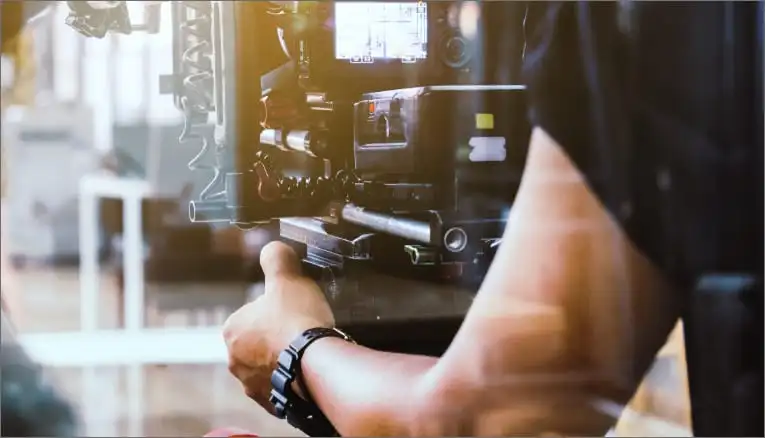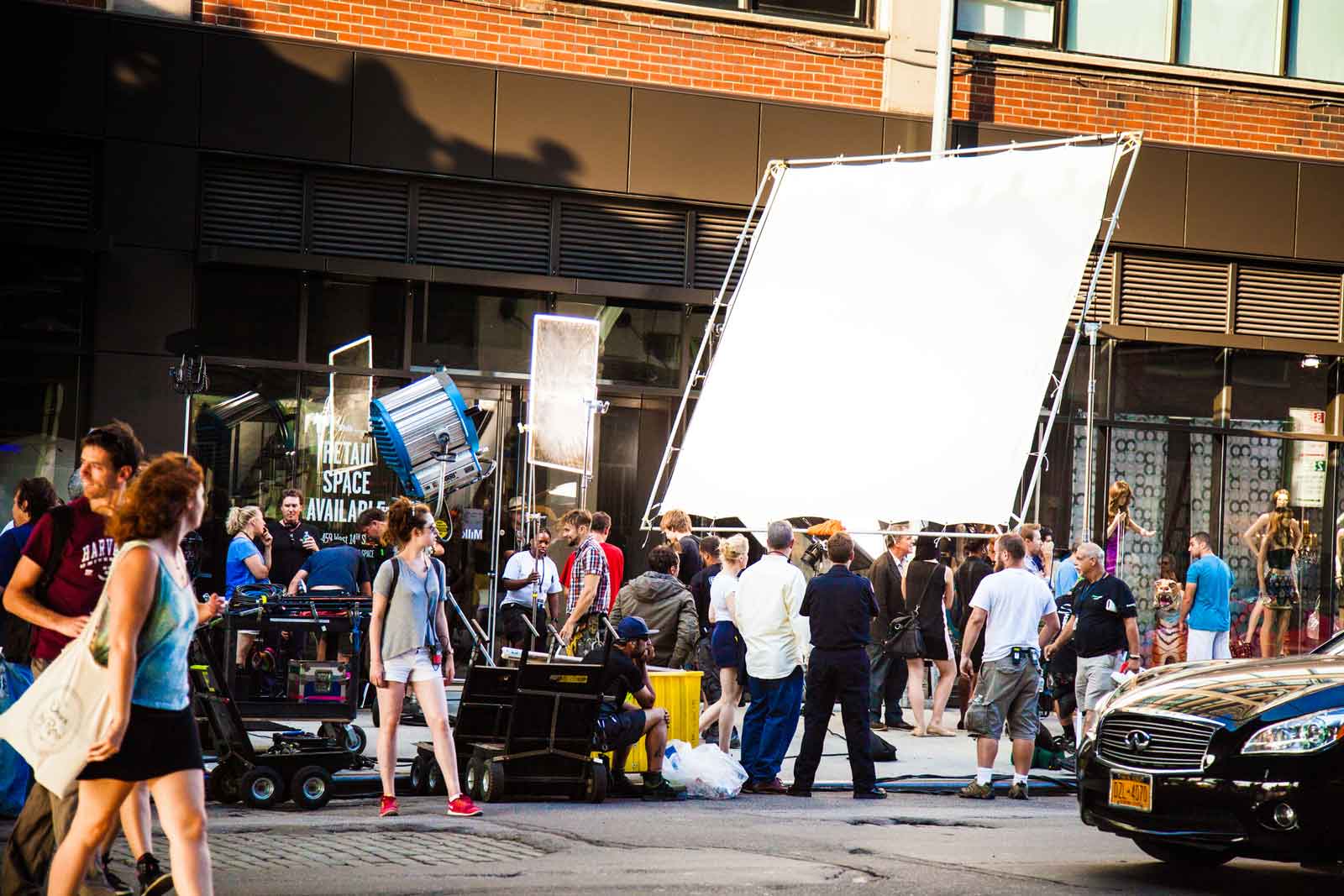The Synergy of Journalism and Documentary Film
In today’s digital age, where information is readily accessible and visual storytelling is at its peak, the realms of journalism and documentary film have become intertwined. Both mediums share a common goal of informing and engaging audiences, and when combined, they create a powerful synergy that can captivate viewers and shed light on important issues. The marriage of journalism and documentary film allows for a deeper exploration of stories, offering a unique perspective that goes beyond what traditional journalism can achieve.
Understanding Journalism and Documentary Film
Journalism, as a field, has long been revered for its commitment to truth and objectivity. Journalists strive to report news accurately and ethically, ensuring that the public is well-informed. Documentary film, on the other hand, is a visual medium that allows filmmakers to tell stories through a combination of interviews, footage, and narration. While journalism focuses on reporting facts, documentary film adds a layer of storytelling and emotion, creating a more immersive experience for the audience.
Reaching a Wider Audience
One of the key advantages of combining journalism and documentary film is the ability to reach a wider audience. Traditional journalism often relies on written articles or news segments, which may not always resonate with all viewers. By incorporating documentary techniques, journalists can create compelling visual narratives that appeal to a broader range of people. This can be particularly impactful when covering complex or sensitive topics that require a more nuanced approach.
Deepening the Narrative
Furthermore, the collaboration between journalism and documentary film allows for in-depth storytelling. Journalists often face limitations in terms of word count or airtime, which can make it challenging to fully explore a story. Documentaries, on the other hand, provide the opportunity to delve deeper into a subject, allowing for a more comprehensive understanding of the issue at hand. Through interviews, archival footage, and expert analysis, documentary filmmakers can provide a more nuanced and well-rounded perspective.
The Digital Landscape
The synergy between journalism and documentary film is not limited to traditional media outlets. With the rise of digital platforms and social media, journalists and filmmakers have more opportunities than ever to collaborate and produce impactful content. Online platforms such as YouTube, Vimeo, and streaming services like Netflix and Hulu have become popular avenues for sharing documentary-style journalism. This allows for greater accessibility and visibility, reaching audiences who may not engage with traditional news sources.
Multimedia Journalism in Today’s World
In recent years, the field of journalism has seen a significant shift towards multimedia storytelling. Journalists are increasingly expected to be proficient in various mediums, including video production and editing. This demand for multimedia skills aligns perfectly with the expertise required in documentary filmmaking. Journalists who possess the ability to produce compelling visual content and tell stories through film have a distinct advantage in today’s competitive media landscape.
Paths to Pursue
For those interested in pursuing a career at the intersection of journalism and documentary film, there are several paths to consider. Many universities and institutions offer programs and courses that focus on multimedia journalism or documentary filmmaking. New York University (NYU) offers a range of programs through its Tisch School of the Arts and the Arthur L. Carter Journalism Institute, providing students with the necessary skills and knowledge to excel in both fields. Additionally, online platforms such as Yellowbrick offer courses and experiences that allow individuals to learn from industry professionals and gain practical skills in documentary filmmaking.
Key Takeaways:
- The combination of journalism and documentary film creates a powerful synergy that informs and engages audiences in a unique way.
- The documentary film adds storytelling and emotion to journalism, creating a more immersive experience for viewers.
- The collaboration between journalism and documentary film allows for in-depth storytelling and a more comprehensive understanding of complex issues.
- Digital platforms have provided new avenues for sharing documentary-style journalism, reaching a wider audience.
- Journalists with multimedia skills, including video production and editing, have a competitive advantage in today’s media landscape.
- New York University (NYU) offers programs and courses that equip students with the necessary skills to excel in both journalism and documentary filmmaking.
- Online platforms like Yellowbrick provide opportunities to learn from industry professionals and gain practical skills in documentary filmmaking.
To further enhance your knowledge and skills in the field, consider exploring the “NYU | Modern Journalism” online course and certificate program offered by Yellowbrick. This program can provide you with valuable insights and practical training to excel in the dynamic world of journalism and documentary filmmaking. Embrace the synergy between journalism and documentary film, and pave your way towards a successful career in this exciting field.








